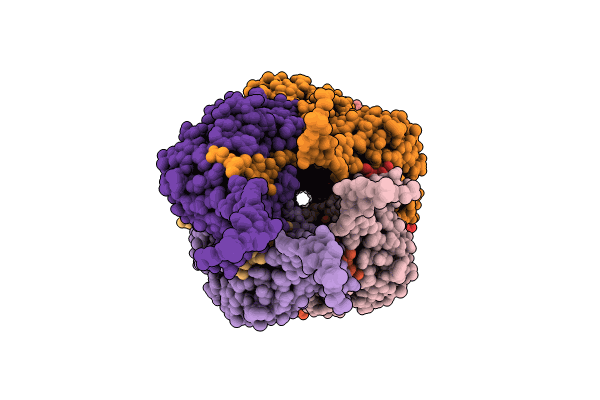
Deposition Date
2024-06-27
Release Date
2024-11-13
Last Version Date
2025-08-13
Method Details:
Experimental Method:
Resolution:
3.22 Å
Aggregation State:
FILAMENT
Reconstruction Method:
HELICAL


